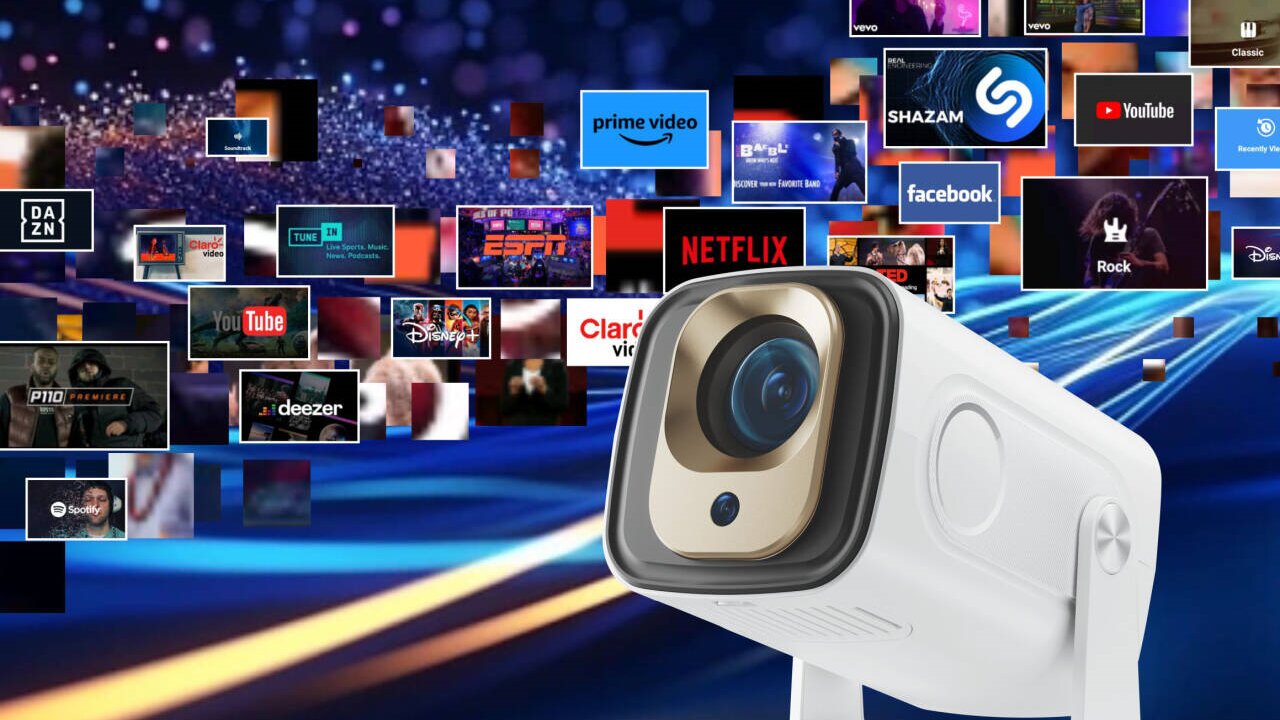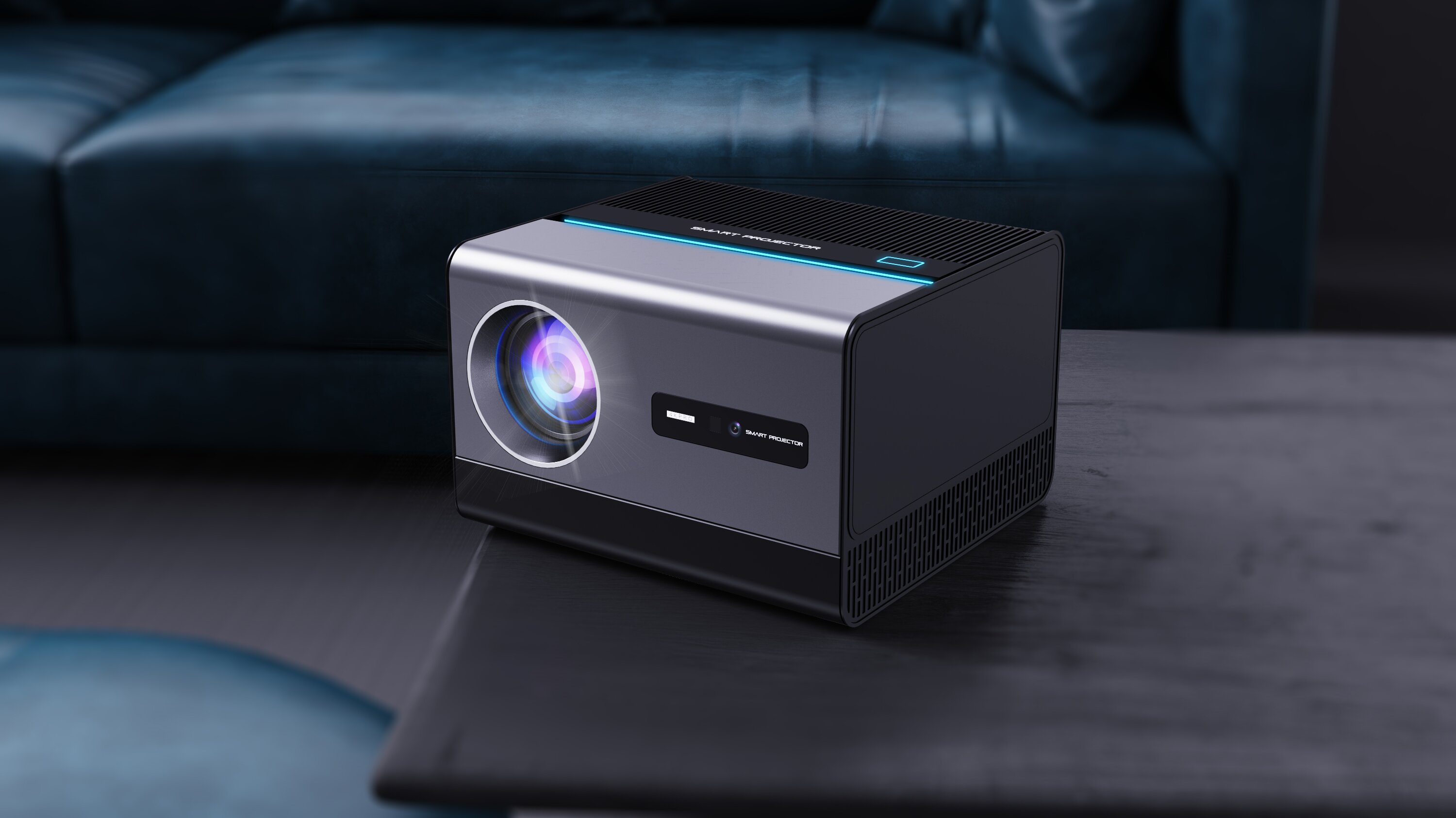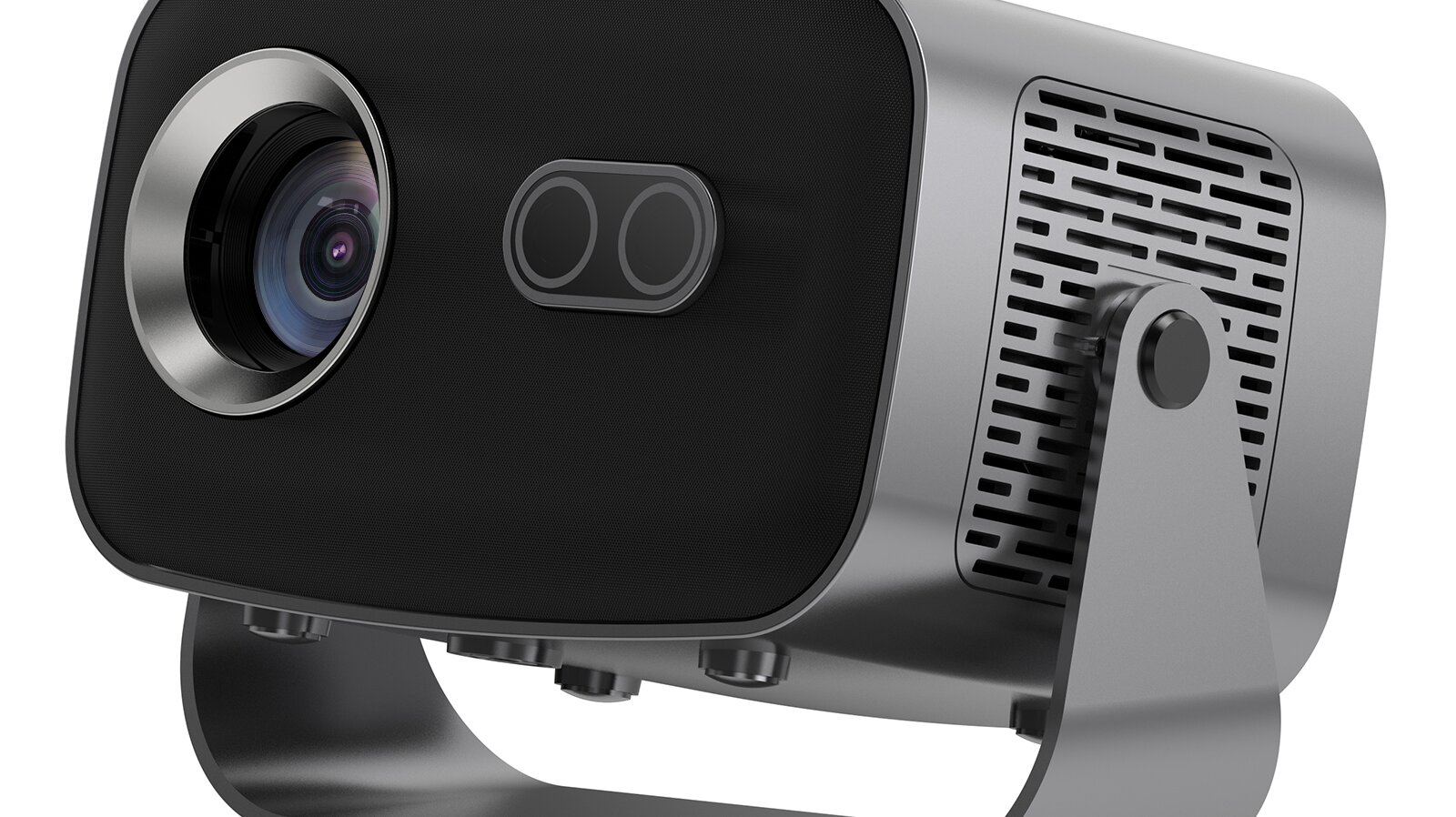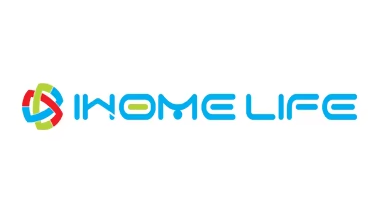Breaking through the 4K bottleneck—LCD remains the key to projection technology.
2025-04-12
I. Currently, the integration of 4K and projection technology faces three major demand-side challenges:
From the perspective of display technology characteristics and user experience, 4K and projection are a perfect match. However, the development of 4K projection has long faced challenges, with prohibitively high prices hindering its widespread adoption and creating three significant "gaps" between 4K and projection in terms of consumer demand:

First, projection excels in large-screen applications, starting at 80 inches and capable of delivering a 200-inch experience with just a blank wall. This inherently demands higher pixel density and smaller pixel sizes. On a 100-inch screen viewed from 2 meters away, 1080p resolution may show slight graininess; at 200 inches, the pixelation becomes glaringly obvious. Upgrading to 4K resolution significantly improves image smoothness.
Second, after nearly 15 years of development in the ultra-HD industry chain, 4K content has shifted from scarcity to abundance. While broadcast TV systems are still in the early stages of adopting ultra-HD, the primary content for projection—film—has largely completed its 4K transition. Most new movies on streaming platforms or purchased digitally prioritize 4K standards. Yet, the projection market remains dominated by 1080p, unable to deliver the full quality of this content.
Third, TVs—now the increasingly larger screens in homes—have already achieved widespread 4K adoption. Virtually all mid-to-large-sized TVs (55 inches and above) sold today are 4K or even 8K. This stands in stark contrast to the home projection market, where 1080p remains the norm.
In short, from an application and experience standpoint, the projection market’s lack of 4K adoption is truly "falling behind the curve of consumer demand." Or, to put it another way, 4K adoption has become the most glaring short board in the barrel of the home projection industry!
II. Why Is 4K the Biggest Bottleneck Despite Abundant New Technologies?
In recent years, the home projection market has seen multiple technological advancements, including triple-laser technology, smart gimbal mounts, zoom lenses, ultra-short-throw lenses, higher brightness, and 4K resolution. However, none of these improvements can match the significance of 4K.
On one hand, looking at the consumer structure of the projection market:
1/ 75% of products are priced around ¥2,000 or below.
2/ 75% have a brightness of under 1,000 lumens.
3/ 75% use fixed-focus mid-throw lenses (1.0:1 to 1.2:1 throw ratio).
This means none of the so-called "advanced technologies" mentioned earlier have achieved widespread adoption. While gimbal mounts could become mainstream at low cost if they avoid smart motorized designs, and ultra-short-throw lens solutions around ¥2,000 were attempted in 2024, no mass-market products have materialized yet.

More importantly, on the other hand, when it comes to enhancing picture quality—the core consumer experience—4K technology delivers the most substantial improvement. With four times the pixels of 1080p, 4K represents a massive leap. In comparison:
1/ Triple-laser improves color performance but is more of a "nice-to-have" than a game-changer.
2/ High brightness (e.g., 2,000–3,000 lumens) often caters to either larger screens (which demand higher resolution) or daytime ambient-light-rejecting screens (which require costly setups). If users invest in ALR screens, ultra-short-throw, and high brightness, why would they settle for non-4K models?
Thus, for high-color-accuracy (triple-laser) or high-brightness home projectors, 4K resolution is essential to achieve a true qualitative leap in image quality. From this perspective, 4K is not only the biggest短板 (shortcoming) in the projection experience but also the prerequisite for other picture-quality enhancements to reach their full potential.
The projection market’s demand for 4K has reached an extremely urgent stage!
III. "Only by addressing its shortcomings can the projection market shine brighter."
In recent years, the increasing prevalence of large-screen LCD TV technology (e.g., China's domestic 100-inch TV sales reportedly reached 300,000 units in 2024 and are expected to hit 1 million by 2025, with 85-inch and above models projected to exceed 5 million units) has significantly diluted the "big-screen value proposition" of consumer projection products.

Facing this challenge, how can projection products reconstruct their value proposition? Two key approaches emerge: First, continuing to leverage their cost advantage for large screens, flexible form factors, and compact size—while developing diversified applications like embedded solutions. Second, addressing critical shortcomings in audiovisual performance, particularly the lack of 4K standardization.
The industry's sustainable growth depends on amplifying strengths while overcoming weaknesses. Experts emphasize that breaking through the 4K adoption bottleneck is imperative for projection products. Whether 1LCD, 3LCD, 3LCoS or DLP technologies—all must undergo comprehensive upgrades toward this goal. Notably, China's 1LCD ecosystem, with its dual dominance in upstream and downstream supply chains, is positioned to lead this transition and become a strategic driver for domestic projection brands' advancement.

Name: Janice
Email: sales11@ihomebox.com.cn
Tel/Whatsapp: +86 19926651189

